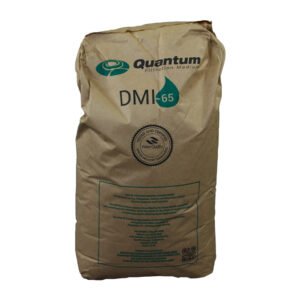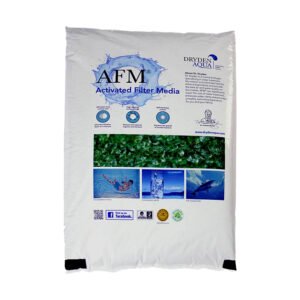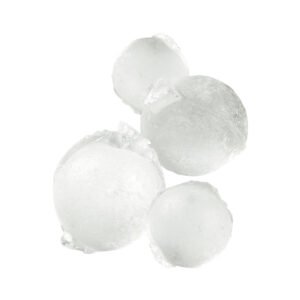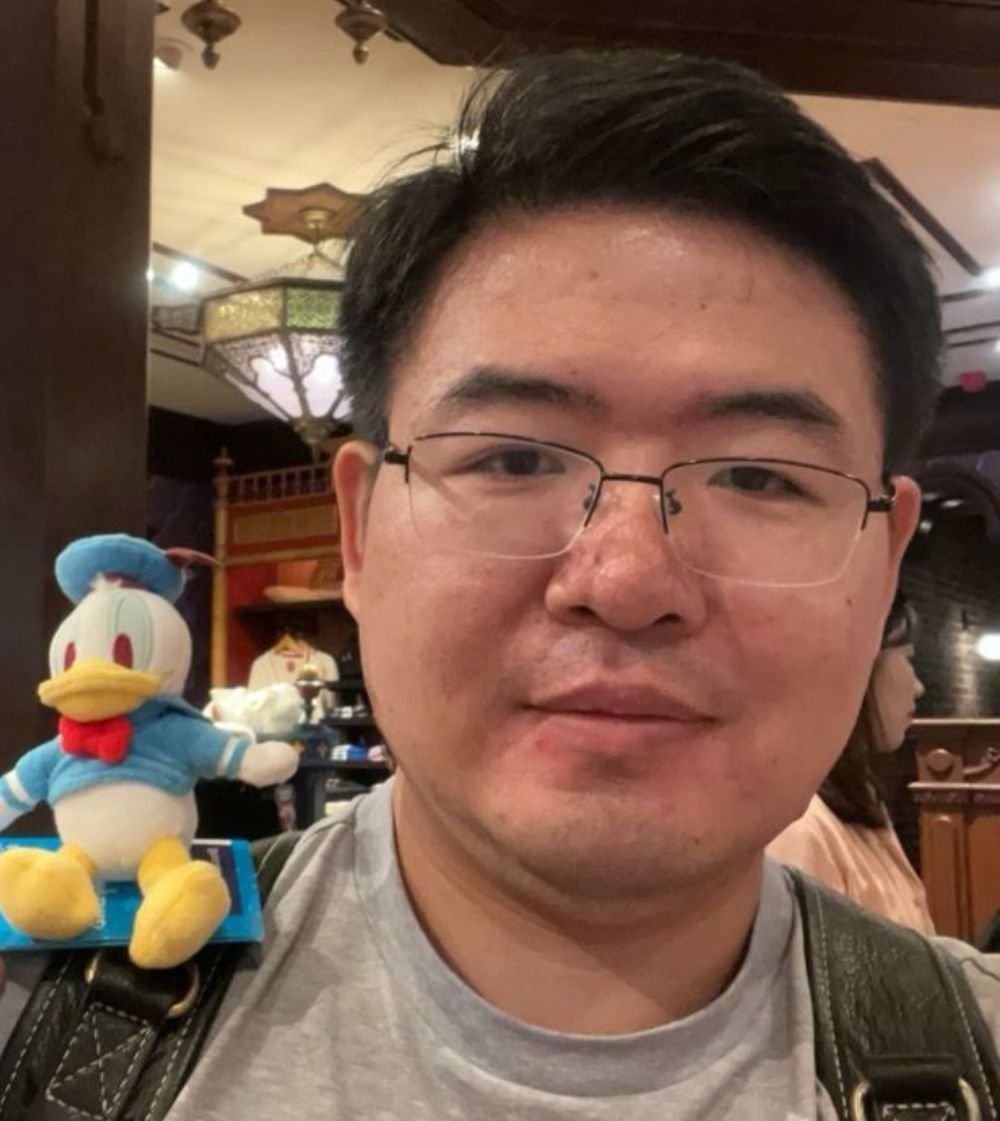Next day delivery in store
Buy before 6pm to receive your order next day.Next day delivery
Orders before 6pm from Monday to Saturday (or before 1pm on Sunday) will be delivered Next working day (except Northern Ireland and Highlands). Orders placed after 6pm (after 1pm on Sunday) or for Northern Ireland and Highlands will be delivered in 2 working days.Drop Point
In 2-3 working days. Pick up your parcel in one of the many diferent collection points available and during a wide range of hours.Same day delivery in London:
Place your order before 13:00 to get it today!. If you order later on, you’ll receive it the next day and if you order on Sunday, you’ll receive it the next working day.SHIPPING
Complimentary ground shipping within 1 to 7 business days In-store collection available within 1 to 7 business days Next-day and Express delivery options also available Purchases are delivered in an orange box tied with a Bolduc ribbon, with the exception of certain items See the delivery FAQs for details on shipping methods, costs and delivery timesCharacteristics of wood :
- Hard, compact , fiberous and porous
- Good wood gives a rich, warm and beautiful surface.
Wood is used for the construction of:
- Floor, Furniture, Walls
- Incidental furnishing (lampshades, picture frames)
- Kitchen & restaurant ware
Description
Changes from Blue to Amber when exhausted
Anion Single Bed Color Changing DI Resin is great for people that want to be more efficient with their deionization resin usage. Single bed resins do require the use of a cation and anion resin followed by a mixed bed resin, but produce much better results and are much more efficient!
Deionization Resin
Reverse osmosis systems can remove up to 99% of contaminants from your water, however, they can never remove 100% which is the overall goal for reef tank water. That is where deionization (DI) resin comes into play, by taking place as the last “filter” of a RODI system after the membrane. DI resin is ionically charged as either a cation (+) or anion (-) to exchange hydrogen or hydroxide molecules for contaminants like phosphate, silica, nitrate, sulfate, aluminum, iron, calcium, etc allowing you to achieve 0 TDS water for your aquarium and help eliminate any possible water quality issues. You may or may not know that there are multiple types of DI resin available from mixed bed to single bed resins that you can use depending on what the specific goal is for your water and what is in the water after the RO membrane.
Mixed or Single Bed
Single bed DI resins come in many different flavors, but at heart only contain a single cation or anion that makes up the entire media bed. Single bed resins are commonly used in household water softeners and other applications that require either the positive or negative ion to be removed and exchanged for hydrogen or hydroxide ions. The concentration of a single bed lets you focus on specific issues that you may have with your water without wasting extra resin-like mixed bed resins. Mixed bed resins contain both cations and anions in a single bed of media that will remove both positively and negatively charged ions from the water column. Mixed beds are very common in the residential RODI system that is used for reef tanks and other types of aquariums since they are easy to use, but when it comes to efficiency and cost savings, single bed systems are the clear winners.
Cation or Anion
- Cation = Positive Charge
- Anion = Negative Charge
Choosing a single or mixed bed resin can be hard especially if you do not know exactly what is in your water or how a RO membrane will filter it. In most cases, you can use either the cation or anion mixed bed resins but may notice that a TDS meter is showing that the resin is exhausted before the color has changed completely. That is more than likely due to an excess of the opposite type of ion in your water when compared to the color-changing dye used in that resin. If this is happening to you, changing to a resin with an opposite indicating dye of your current will help with visual monitoring as it becomes exhausted.
Color Changing
A majority of DI resin has a color-changing indicator that will change to a light amber color as the resin becomes exhausted. The dye is simply a pH indicator that is stable at high or low pH levels but will become translucent as the pH of the resin becomes neutral and the resin becomes exhausted. With single bed resins, there are some instances where your water may have a high or low pH and can cause the color indicating dye to not become translucent, and that is why it is imperative to use a TDS or conductivity meter to know exactly when your resin is exhausted.
- High pH water may interfere with the indicating dye contained in anion (blue) single bed resin.
- Low pH water may interfere with the indicating dye contained in cation (purple) single bed resin.
Long Shelf Life
BulkReefSupply.com takes pride in the proper packing of our DI Resin. DI resin begins depleting when exposed to air. To avoid this, we package all of our DI resin in foil-lined 4mm Mylar bags AND vacuum seal it so no air is left in the package to deplete the resin while it is waiting to be used. Our resin can remain packaged this way for 2 years without losing its capacity. Our bulk DI bags are perfect for reefers who process a lot of water or otherwise go through resin quickly. Keep in mind once the vacuum seal is opened the resin can start to deplete. Otherwise, purchase the single refill packs for optimal freshness for up to two years.
Specifications:
- Polymer Structure: Styrene/DVB
- Base Type: Strong
- Polymer Type: Gel
- Functional Group: Trimethylamine
- Physical Form: Spherical Beads
- Ionic Form (as shipped): Hydroxide
- Total capacity: >1.0 meq/mL (OH Form)
- Water Retention: 55 to 60 percent (OH Form)
- Screen Size Distribution: 16 to 50 (U.S. Mesh)
- Maximum Fines Content: 1 percent (less than 50 Mesh)
- Minimum Sphericity: 93 percent
- Uniformity Coefficient: 1.6 (Approximate)
- Resin Color: Blue
To get maximum life from your DI resin please takes the following steps
- Ensure the optimal operation of your RO membrane. The higher your membranes rejection rate the fewer TDS your product water will contain resulting in longer-lasting resin. The best way to keep the membrane rejection rate up is to monitor and change your prefilters appropriately as well as maintain at least 50psi going into the membrane.
- Ensure the resin is packed in the cartridge securely. The resin should be packed very tightly. When squeezed, there should be almost no flex to the cartridge.
- The initial couple minutes of water from your RO membrane will always be high, this is commonly referred to as TDS creep. Diverting the first few minutes of water down the drain can often greatly reduce DI resin consumption.
- Maintain low levels of carbon dioxide in your water supply. Excess carbon dioxide will deplete DI resin quickly. If you are depleting resin quickly and have already: addressed the two options above, excess carbon dioxide is the likely culprit. You have two choices:
- Collect the water coming from your RO system in a large container, add a powerhead or airstone, and allow the CO2 to gas off. Then pump the water through your DI resin.
- Skip all that mess and just buy resin in bulk.
Common Contaminants:
| Molecule Name | Ionic Charge | Removed By |
| Sodium | +1 | Cation Resin |
| Calcium | +2 | Cation Resin |
| Magnesium | +2 | Cation Resin |
| Aluminum | +3 | Cation Resin |
| Ferric Iron | +2 | Cation Resin |
| Ferrous Iron | +3 | Cation Resin |
| Chloride | -1 | Anion Resin |
| Bicarbonate | -1 | Anion Resin |
| Carbonate | -2 | Anion Resin |
| Sulfate | -2 | Anion Resin |
| Nitrate | -1 | Anion Resin |
| Phosphate | -3 | Anion Resin |
| Silicate | -4 | Anion Resin |












